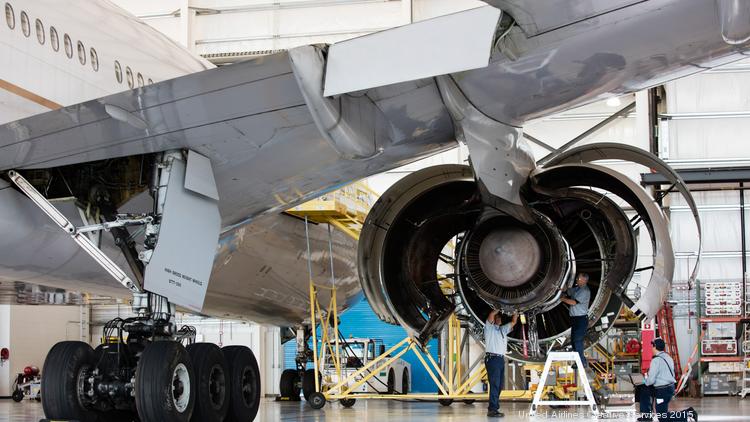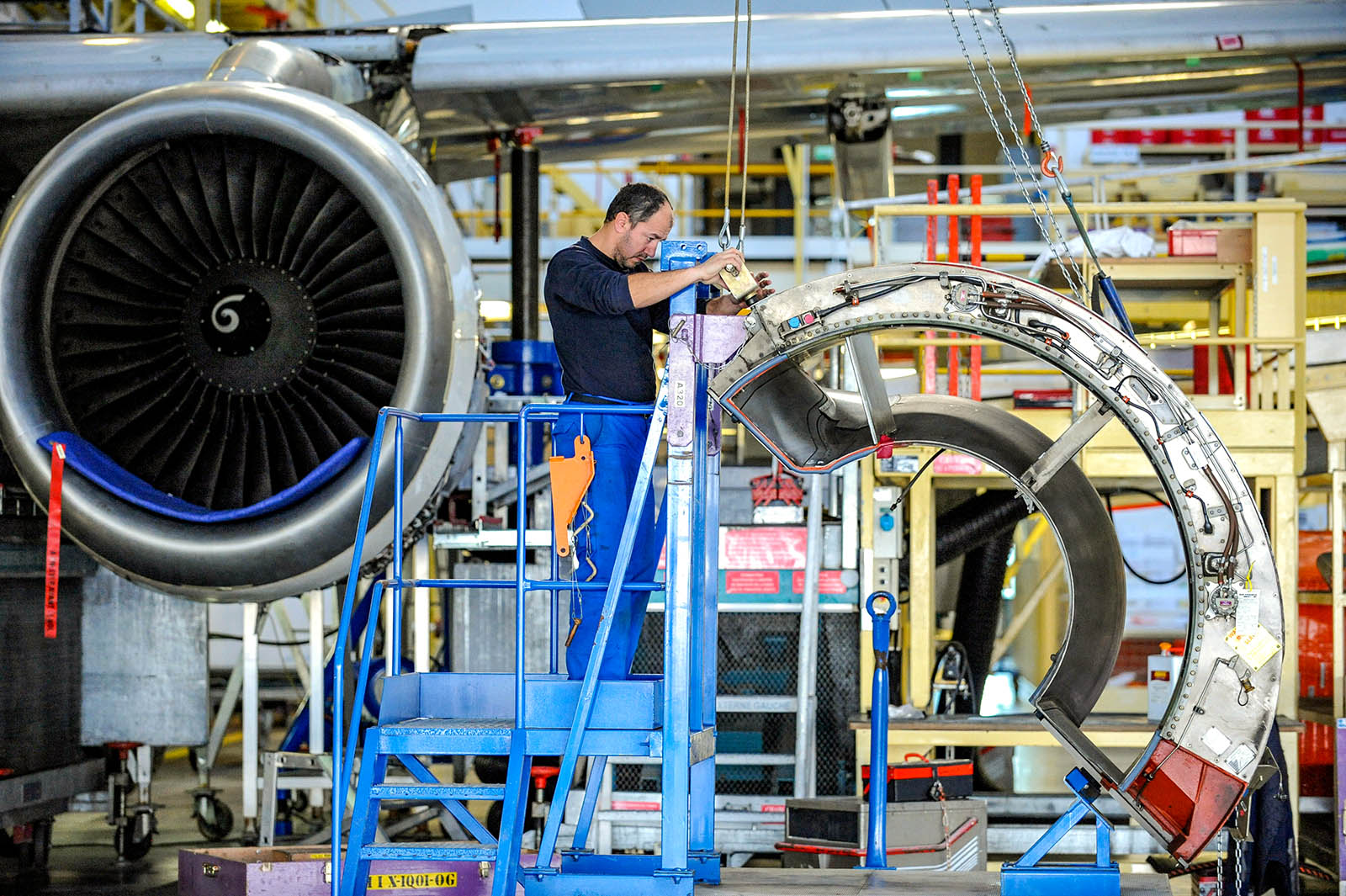
For the ten-year span between 2020-2030, The Bureau of Labor Statistics (compared projected changes in employment for aircraft mechanics and avionics technicians to the total projected changes pertaining to all occupations. Recent projections seem to back Waguespack’s assessment. “The technology piece is going to be key.” “Systems are integrating so much-whether it’s electric propulsion, or UAM-you’re not pulling throttles anymore you’re pushing forward, and the systems are all working together,” Waguespack said. We used to silo off A&P technicians and avionics technicians.” Since there is so much growth in crossover between these competencies, these two types of maintenance roles work in tandem. He explained that “the avionics suites on aircraft are all integrated within the flight deck to the actual function of the aircraft. To that end, Waguespack expects the demand for computer and technology skills to increase over the next 5 to 10 years. The line between technology expertise and mechanical expertise continues to blur. Technicians’ technological know-how is neither a passing phase nor a specialization. Additionally, both robust communication skills and the ability to work well in team-based contexts particularly apply to large-scale aircraft maintenance projects. Though aircraft maintenance technicians’ traditional competencies and fundamentals remain valuable assets, technicians must also be technologically savvy.

“You don’t typically diagnose an aircraft now without plugging it into a computer,” Waguespack said. Right now, workers must possess the technological proclivities the industry increasingly requires.

Waguespack, who previously served as Chair on the Workforce Development Committee at NATA, explained how the aircraft maintenance industry’s evolution over the past several years shifted the nature of technicians’ training and expertise. Airbus forecasted a need for 710,000 maintenance technicians in the aviation industry over the next 20 years. Pictured is a technician performing maintenance on an Airbus NH90. “Data collection is key, but in that interim, we're really challenged with keeping up with part availability.” As the aviation industry advances with electric and hybrid-electric aircraft, autonomous flight, vertical take-off and landing, and other capabilities, ongoing changes to aircraft maintenance protocols necessitate workers who are ready to meet these needs. Rotables are wearing out quicker,” Waguespack explained to Avionics. “Typically, an aircraft operating 135 or on a certificate would do 2–3 a day. Aircraft inventories are at a historic low, and there remains an ongoing need for in-service maintenance. It’s a long-term career.”Īt the same time, opportunities come with a cost. “Getting in on the ground floor and becoming a certified technician is a phenomenal career, and I think it’s going to continue to head in that direction. For those seeking work within the sector, “the outlook is incredible-job opportunities galore,” Waguespack said in an interview with Avionics International. He described the general aviation sector’s growth over the past 18 to 22 months as unprecedented. Executive Vice President of the National Air Transportation Association (NATA), Ryan Waguespack, offered his insights into the employment outlook for aircraft maintenance roles.

The industry’s recent growth in demand for aircraft maintenance technicians and engineers with unique skills has been staggering, and this is great news for those who are now beginning their careers in aviation. We talked with several industry experts to explore how the sector is navigating recent data projections, industry analyses, changes to education, and workforce management. The most pressing concerns surround hiring, training, retaining, and compensating the technicians and mechanics who can turn this moment’s aviation dreams into tangible realities. Demand for aircraft maintenance technicians is on the rise, and companies in the aviation industry are working to match capability with opportunity.


 0 kommentar(er)
0 kommentar(er)
